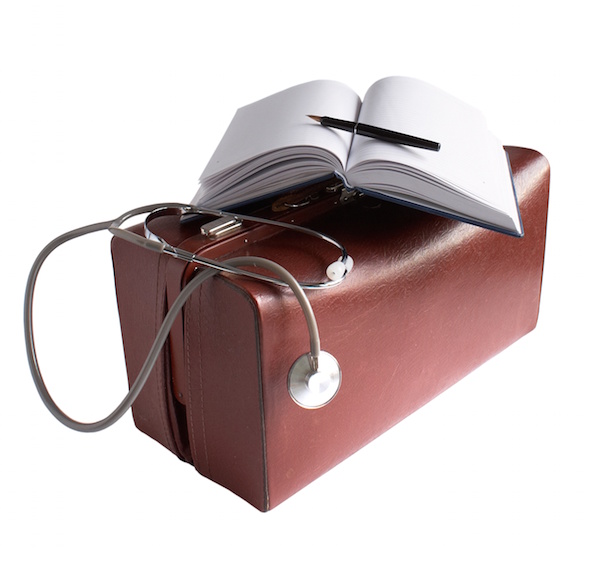
MONDAY, June 14 (HealthDay News) — About 1.8 million Americans make 3.5 million medical and dental visits to free clinics each year, a new study has found.
The researcher, Julie S. Darnell of the School of Public Health at the University of Illinois at Chicago, analyzed surveys collected from 764 free clinics in the United States between October 2005 and December 2006. For this study, a free clinic was defined as a non-profit organization that: provided medical or dental services directly to patients for no fee or a fee of up to $20 per visit; did not bill patients or deny services for lack of payment; and were not recognized as federal health centers or family planning clinics.
The study is published in the June 14 issue of the Archives of Internal Medicine.
The clinics included in the study were open for an average of 18 hours per week and, in general, the types of services they provided were: management of chronic disease (73.2 percent), physical exams (81.4 percent), urgent care (62.3 percent) and prescriptions for medications (86.5 percent).
Each clinic reported serving an average of 747 new patients annually and an estimated 1,796 total unduplicated patients. Patients who used the free clinics tended to fall into the following categories: lack of insurance, inability to pay, limited English-language skills, lack of housing, and being a member of a racial or ethnic minority, according to a news release about the study from the journal’s publisher.
The average operating budget of a clinic was $287,810. Funding came from a number of sources, including charitable donations (90.6 percent), civic groups (66.8 percent), churches (66.3 percent), foundations (65.1 percent) and corporations (55.1 percent). Of the clinics included in the study, 58.7 percent received no government funding, Darnell reported.
“Free clinics provide a range of preventive and general medical care for an estimated 10 percent of the working-age uninsured population who seek care,” according to the release on the study, which was conducted when Darnell was with the University of Chicago.
“Free clinics have passed the point in history when they can exist below the radar. At the same time, policymakers and other safety net providers must acknowledge the important role that free clinics play. Formal integration of free clinics into the safety net has the potential to strengthen the overall health system, which is important regardless of the outcomes of the national health reform debate,” Darnell concluded.
More information
The American College of Emergency Physicians has more about access to care for the uninsured.

